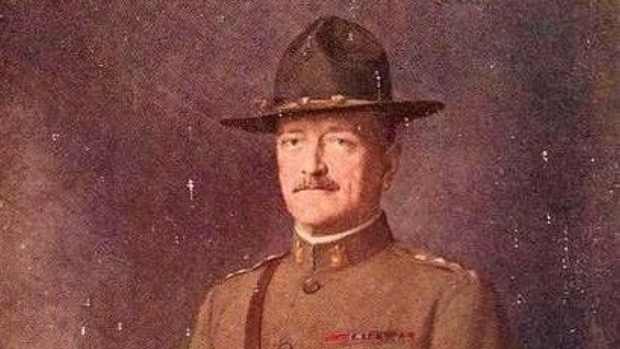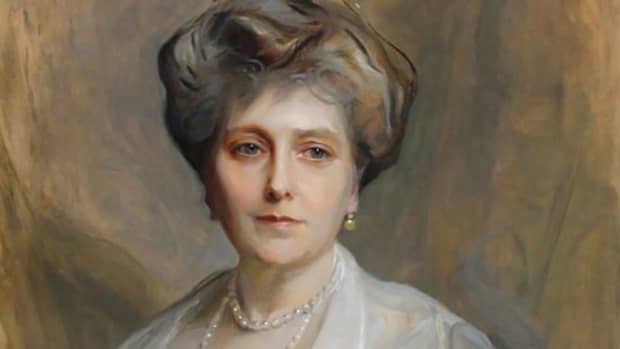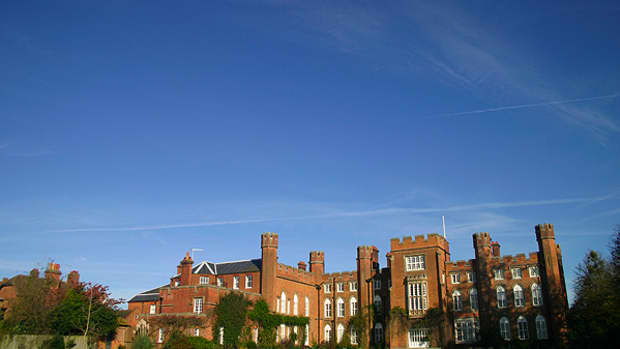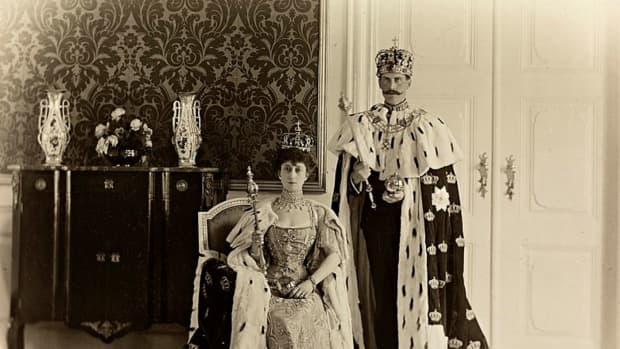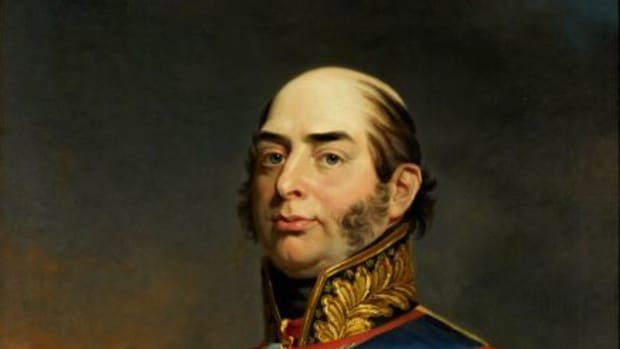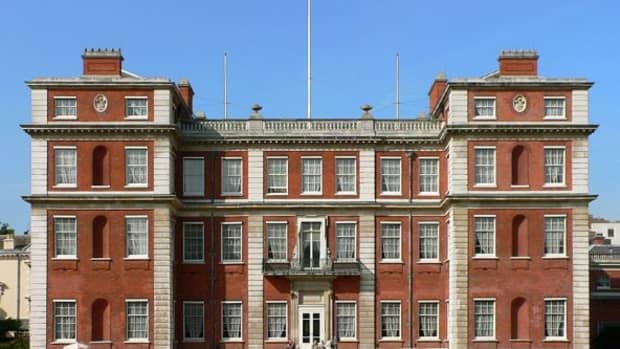Princess Feodora of Leiningen: Queen Victoria's Half Sister
Princess Feodora of Leiningen
Feodora was born Princess Anna Feodora Auguste Charlotte Wilhemina of Leiningen on the 7th of December 1807 in Amorbach, then in Leiningen and now in Bavaria, Germany. She was the only daughter of Emich Karl, 2nd Prince of Leiningen, and his second wife, Victoire of Saxe-Coburg-Saalfeld.
Her brother Karl was three years older than her. Karl and Feodora had a deceased half-sibling from their father's first marriage. Friedrich had died aged seven in 1800.
Her maternal grandmother, Countess Augusta of Saxe-Coburg-Saalfeld, described her as "a little clown" and observed that Feodora showed "grace in every movement of her body."
The 50-year-old Emich Karl died in 1814, and he was succeeded by 10-year-old Karl as 3rd Prince of Leiningen.
Karl and Feodora's best-known relation was their half-sister from Victoire's second marriage in 1818 to Edward, Duke of Kent. This child, born at Kensington Palace on the 24th May 1819, was christened Alexandrina Victoria but is remembered in history as Queen Victoria, British ruler for over sixty-three years.
Life at Kengsington Palace, London
The Duke of Kent loved and treated Karl and Feodora as if they were his own children. Tragically, their stepfather died on 23rd January 1820, just six days before his father, King George III, passed away.
Victoire, Duchess of Kent, decided that as Victoria was in the line of succession to the British throne, the family would remain in England. They lived a fairly meagre existence by royal standards and had few friends. Victoria and Feodora were close all their lives.
Victoria was guarded and seldom left alone because of suspicions that there could be foul play to prevent her from taking the throne. This meant a "dismal" upbringing for them.
The princesses were taught at home by their governess, Baroness Lehzen, known as Daisy. Victoria looked upon Daisy as a mother figure and confided in her. Feodora wrote in her journal that her carriage rides with Victoria and Daisy were the only times that she felt happy.
As Victoire grew ever more dependent on the Machiavellian household comptroller, Sir John Conroy, who saw Victoria as his passport to grandeur and glory, Feodora felt stifled and hoped to marry young to escape the oppressive atmosphere.
Feodora's Escape to Hohenlohe-Langenburg
Feodora took her opportunity to marry. On 18th February 1828, she and Ernst I, Prince of Hohenlohe-Langenburg, were married at Kensington Palace after just two meetings. Victoria was a bridesmaid.
As half-sister to a queen in waiting, Feodora could have married a higher profile royal, but she was happy to marry a kind man thirteen years her senior, who she also found handsome and escape Kensington Palace. The couple's first home was the Schloss Langenburg, hundreds of miles from Conroy and the easily manipulated Duchess of Kent.
Feodora didn't see Victoria for the next six years. Victoria remained under strict supervision at Kensington Palace until her 1837 accession. Conroy tried to become the power behind Victoria's throne, but his dreams swiftly faded.
The Hohenlohe-Langenburg's in Stuttgart
Karl, 3rd Prince of Leiningen married Countess Maria von Klebelsberg on 13th February 1829. The couple had two sons, Ernst Leopold and Eduard Friedrich in 1830 and 1833, respectively.
Feodora and Ernst had six children been 1829 and 1837: Carl Ludwig, Elise, Hermann, Viktor, Adelheid and Feodora.
Elise passed away in 1850, aged nineteen. Adelheid went on to be the mother of "Dona" Augusta Victoria of Schleswig-Holstein, wife of Kaiser Wilhelm II of Prussia, instigator of World War One and Queen Victoria's eldest grandson.
Feodora and Ernst raised their family in the city of Stuttgart, where he was involved in numerous political schemes, and together, they pursued philanthropic initiatives. The couple were in demand in society, and so Feodora was rarely left alone or bored. Notably, Feodora founded the Children's Rescue Centre in 1830 and the Poor Preservation Institute for Children and the Sick in 1853.
Victoria and Feodora wrote epistles to one another, and regular visits were paid between homes and palaces. Victoria covered Feodora's expenses on each visit she made to England.
Karl, Prince of Leiningen, died relatively young in 1856 after a series of strokes. Victoria and Feodora were inconsolable that they'd lost their "dearly loved only brother."
Victoria Sees Feodora for the Last Time
Feodora became a widow on 12th April 1860.
She and Victoria lost their mother in early 1861, and Feodora was present for Victoire's funeral. By the close of the year, Feodora was back in England, comforting Victoria after the loss of her beloved Prince Albert.
Victoria tried to persuade Feodora to live in Britain so that the two widows could grieve together. Feodora valued her freedom, and she wanted to be close to her children, so she declined and relocated to Baden-Baden in Germany. With financial support from Victoria, she purchased Villa Frisenberg.
Victoria paid her last visit to the villa and an ailing and mourning Feodora in spring 1872 after Feodora's youngest child (Feodora) died from scarlet fever.
Feodora died on 23rd September 1872, probably from cancer. She was buried in the main cemetery in Baden-Baden. Queen Victoria was devastated to lose her "last near relative on an equality with me ... the last link with my youth."
Four years later, Victoria returned to the villa and renamed it Villa Hohenlohe in memory of her much-missed half-sister.
Sources
- Queen Victoria's half-sister – Feodora of Leiningen | History of Royal Women
- Queen Victoria's Half-Sister: Who Was Princess Feodora? | History Hit
- Feodora of Leiningen, Princess of Hohenlohe-Langenburg | Unofficial Royalty
This content is accurate and true to the best of the author’s knowledge and is not meant to substitute for formal and individualized advice from a qualified professional.
© 2022 Joanne Hayle




